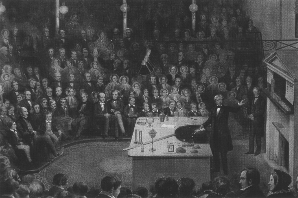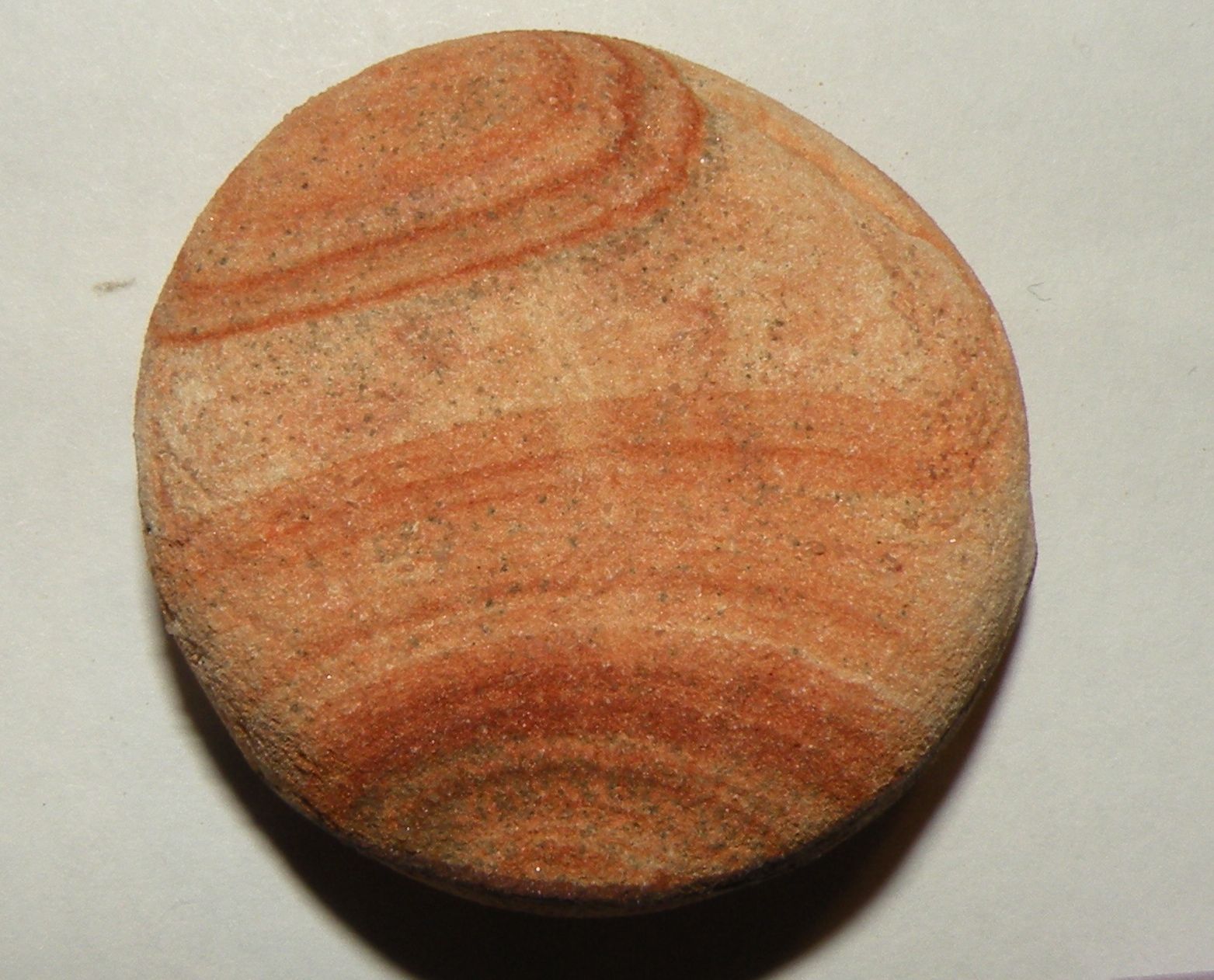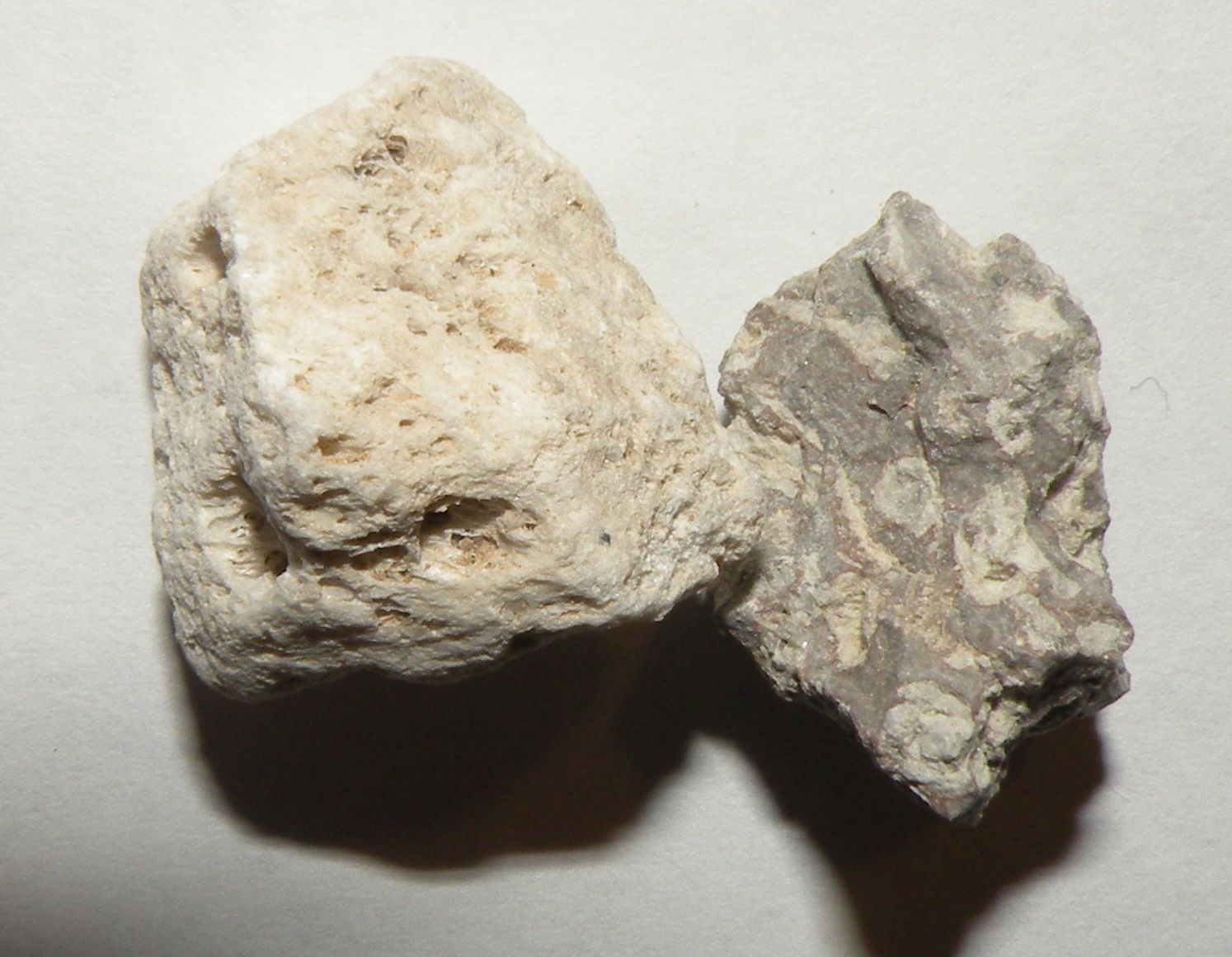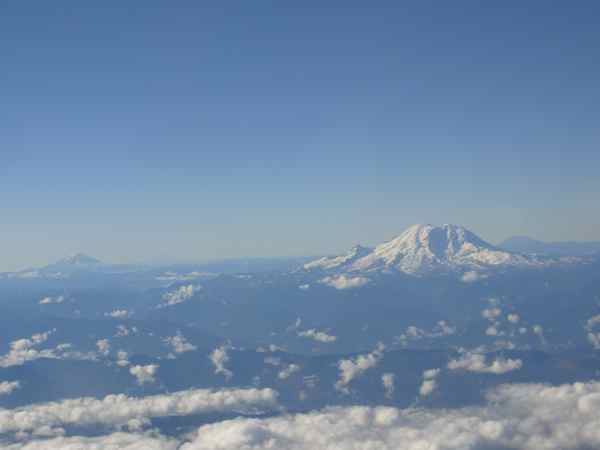
Natural Science - Year II
Unit 40: Basic Geology

Science Web Assignment for Unit 40
| This Unit's | Homework Page | History Lecture | Science Lecture | Lab | Parents' Notes |
Science Lecture for Unit 40: Basic Geological Principles of Formation and Erosion
For Class
- Topic area: Geology
- Terms and concepts to know: erosion, metamorphic, igneous, sedimentary
- See historical period(s): Prehistory
Outline/Summary
Geology
Rocks and minerals
The first thing you notice about rocks is that there is an enormous variety, making them hard to hard to identify. Modern rock classification puts chunks of solid not-just-dirt clod stuff into two groups: minerals, which are usually single elements or simple molecules in pure form, and rocks, which are mixtures of minerals. Rocks themselves are divided into three groups, based on the processes that formed them. Can you determine to which class each of the rocks below belongs?

- Igneous rocks come from volcanic activity of some kind. These include lava flows (basalt, usually), obsidian (black glass), and pumice (foamy, could even float). The variety of forms result from the cooling process involved: basalt cools very slowly, obsidian and pumice very quickly.
- Sedimentary rocks are formed as small particles in water filter out as deposits on the bottom of lakes and seas. These are the kinds of rocks Steno was interested in classifying.
- Metamorphic rocks are either originally igneous or sedimentary (or a previous form of metamorphic) rock. Through heat and pressure while buried, or through weathering and recombination, the metamorphic rock has been changed.
- Composite rocks contain particles of the other three types of rocks, in different distinguishable sizes. The pumice rock on the right in the picture below has a composite rock structure.
 | SedimentarySandstone. Notice the stratification. This specimen has been "polished" by tumbling in a river, but remains a good example of sedimentary rock. /td> |
 | MetamorphicCopper ore. The blue-green streaks are characteristic of copper oxides, like malachite, the result of recombination of materials under extreme pressure and heat — the result of metamorphic changes. |
 | IgneousPumice. Full of holes and light enough to float on water, this is the result of a volcanic eruption — igneous rock. |
Forces building up the earth
The classification system points out the contrary forces at work on the surface of the earth. Vulcanism and sedimentation build up the surface; weathering by wind and water pulls it down (so both the Vulcanists and Neptunists were right in a way). Let's first consider the "building up" forces:
- Upwelling of molten material breaks slowly through cracks in the mantle, as in the spreading force of the deep sea central Atlantic Ocean ridge.
- Upwelling of molten material breaks suddenly through the cracks in the mantle, as in volcanoes.
- Collision of tectonic plates causes uplift (rumpling) in the interior of the continent.
- Both collision activity and volcanic activity are usually accompanied by earthquakes; therefore areas with frequent earthquakes or many volcanoes are usually on fault lines.
Examples of geological events

Four Cascade volcanoes. From left to right, Mt. Adams, Mt Hood (very faint in the distance), Mt. Rainier and Tahoma peak, and Mt. St. Helens.
© 2006 Christe Ann McMenomy.

The Columbia River Gorge near Vantage, central Washington. Notice the bluffs that show the river used to be wider.
© 2006 Christe Ann McMenomy.

The channeled scablands of mid-Washington State, near Spokane. Geologists think the wave patterns were carved floods rushing across the state after a break in the ice dam holding back an ancient Lake Missoula.
© 2006 Christe Ann McMenomy.
Read through the description of sea-floor spreading and plate movement at the USGS site on the North Cascades. Be sure to click on the animations (there are two).
- What phenomena are used to map the movement of different parts of the ocean floor?
- Why would horizontal stripes of reversing polarity on the ocean floor map to vertical layers on land?
- What is lithosphere?
- How does upwelling in seafloor spreading form new crust material?
- What is a transform boundary?
- Why is the earth considered "geologically active"?
Forces of Erosion: weather
In contrast to the building forces coming from the earth's interior, weathering tears down the mountains and erodes the plains. While wind can carve interesting shapes, it is water which does the most sculpting, as rivers cut through plains, oceans eat away at the coastlines, and ice breaks apart rocks bit by bit each winter or, as glaciers, carves whole valleys out.
Read the brief outline on the forces and effects of erosion at the Georgia Perimeter College Earth Science site.
- What are the major forces of erosion? Do you think this list is complete?
- How does water both build up and tear down the earth's surface?
- How does wind both build up and tear down the earth's surface?
- What is "mass wasting"? How does it build up and tear down the earth's surface?
Study/Discussion Questions
- What does it mean to say the earth is "geologically active"?
- How old is the surface of the earth?
- Why do the forces of upwelling and erosion make it difficult to study the earth's geological history?
Further Study On your Own (Optional)
- Check out the Atlas of Igneous and Metamorphic Rocks, Minerals, and Textures, produced by the Geology Lab at the University of North Carolina. This site has microscopic photographs of the structure and components of different kinds of igneous and metamorphic rocks.
© 2005 - 2024 This course is offered through Scholars Online, a non-profit organization supporting classical Christian education through online courses. Permission to copy course content (lessons and labs) for personal study is granted to students currently or formerly enrolled in the course through Scholars Online. Reproduction for any other purpose, without the express written consent of the author, is prohibited.